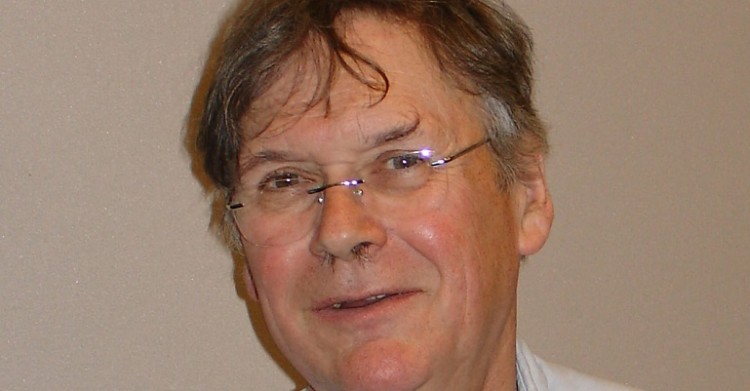
Nobel Laureat, and strapping, manly biologist Sir Tim Hunt, decided to show the writers, scientists and engineers at the World Conference of Science Journalists in Seoul, just what a masculine specimen he is by berating women.
At a luncheon for science journalists hosted by Korean women scientists, he thanked the women journalists “for making lunch,” warned the crowd of his reputation as a male chauvinist, and decided to mansplain the trouble with girls.
According to science Journalist Connie St Louis who tweeted his most egregious points in his unrecorded speech, Hunt said:
“Let me tell you about my trouble with girls, three things happen when they are in the lab: You fall in love with them, they fall in love with you, and when you criticize them, they cry.”
He added that while he was in favor of single sex laboratories, he didn’t want to “stand in the way” of women.
Another prominent science writer, Deborah Blum tweeted that she asked him about his comments, “I was hoping he’d say it had been a joke. But he just elaborated. Sigh. He did tell me that he thought I might hold up okay because I didn’t seem the crying kind.”
Hunt is an esteemed scientist – making his caveman remarks all the more disappointing. He is also the father of two daughters and his wife, Mary Collins, is an accomplished professor at University College London who happens to run an entire department in addition to running a lab investigating gene therapy approaches for cancer and other diseases.
Sadly, these attitudes are not at all uncommon in the scientific community. Women are often belittled and told they are not good enough or smart enough.
According to Popular Science, “Despite some progress, women scientists are still paid less, promoted less, win fewer grants and are more likely to leave research than similarly qualified men.”
Across most industries, women are paid on average significantly less than men, and science is no exception. In 2008, the median salary for women in science and engineering was $60,000, a full $24,000 less than the equivalent male salary.
This is symptomatic of an even larger problem within the sciences: an institutionalized sexism that prevents women from achieving as much as similarly qualified men.”
Recently, Alice S. Huang, a senior faculty associate in biology at California Institute of Technology and former president of the American Association for the Advancement of Science, penned an advice column suggesting that female postdoc scientists should “put up with” her adviser’s constant quest to peer down her shirt while working in the lab, “with good humor if you can.”
Hunt shared his sexist attitudes toward women in science in an interview last year with Lab Times When asked why women were still under-represented in senior positions in academia, he replied:
I’m not sure there is really a problem, actually. People just look at the statistics. I don’t, myself, think there is any discrimination, either for or against men or women. I think people are really good at selecting good scientists but I must admit the inequalities in the outcomes, especially at the higher end, are quite staggering. And I have no idea what the reasons are. One should start asking why women being under-represented in senior positions is such a big problem. Is this actually a bad thing? It is not immediately obvious for me… is this bad for women? Or bad for science? Or bad for society? I don’t know, it clearly upsets people a lot.”
Like Kimberley A. Johnson on Facebook HERE or follow her HERE.

You must be logged in to post a comment Login